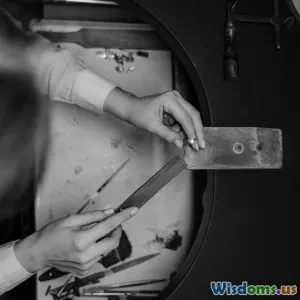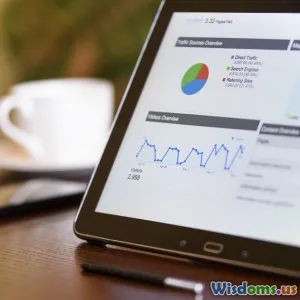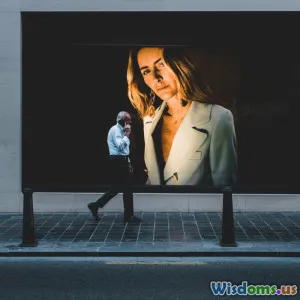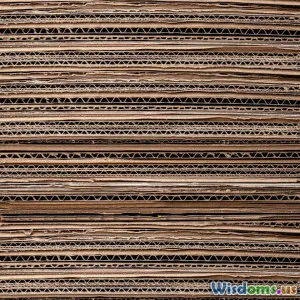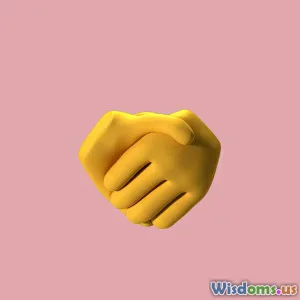
Creative Collaboration: Humans and AI
6 min read Explore the dynamic partnership between human creativity and AI in graphic design, enhancing innovation and collaboration. (0 Reviews)
Creative Collaboration: Humans and AI
In the ever-evolving landscape of graphic design, the integration of Artificial Intelligence (AI) is reshaping the way designers create and collaborate. This article explores the dynamic partnership between human creativity and AI, highlighting how this collaboration not only enhances the design process but also fosters innovation and creativity in ways previously unimaginable.
Understanding AI in Graphic Design
Artificial Intelligence encompasses a range of technologies that enable machines to perform tasks that typically require human intelligence. In graphic design, this includes algorithms for image recognition, natural language processing, and predictive analytics. These tools can analyze vast amounts of data, generate design options, and even learn from human input, making them invaluable assets for designers.
The Role of AI Tools
AI tools like Adobe Sensei, Canva's Magic Resize, and DeepArt utilize machine learning to assist designers in various tasks. For instance, Adobe Sensei can automate repetitive tasks, allowing designers to focus on more complex aspects of their projects. Similarly, Canva's Magic Resize allows users to create multiple design formats instantly, saving time and increasing efficiency.
Creative Collaboration: A New Paradigm
The collaboration between humans and AI is not about replacing human creativity but enhancing it. This partnership can be understood through several lenses:
1. Inspiration Generation
AI can analyze current design trends and provide designers with inspiration based on data-driven insights. For example, an AI tool might suggest color palettes or typography choices that resonate with contemporary styles, providing a fresh perspective that a designer may not have considered.
2. Rapid Prototyping
AI can assist in generating multiple design prototypes quickly. This ability to create variations allows designers to explore different concepts without the lengthy process of manual iterations. For example, tools like Runway ML enable designers to experiment with generative design techniques, producing a wide array of styles and outcomes.
3. Feedback and Refinement
AI can also offer feedback on designs. By analyzing user engagement metrics, AI can suggest changes that could enhance the user experience. This iterative process supports designers in refining their work based on real-world data, ultimately leading to more effective designs.
Bridging the Gap Between Creativity and Technology
While AI provides powerful tools, the human element remains crucial in the creative process. Designers bring emotional intelligence, cultural understanding, and contextual awareness that machines currently cannot replicate. Successful collaboration lies in leveraging each partner's strengths:
- Human Intuition: Designers can interpret and infuse emotional depth into a design that resonates with an audience, something AI alone cannot achieve.
- Ethical Considerations: Designers are responsible for ensuring that their work aligns with ethical standards, considering how designs impact society, which is an area where AI lacks moral judgment.
Future of Creative Collaboration
The future of graphic design will likely see an increased reliance on AI as both a tool and a collaborator. As AI continues to evolve, its role will shift from merely assisting to becoming an integral part of the creative process. Here are some potential trends:
- Enhanced Collaboration Platforms: Future design software may integrate AI more deeply, allowing for seamless collaboration between human designers and AI systems, making it easier to share ideas and feedback.
- Personalized Design Experiences: AI could enable hyper-personalization of design, tailoring graphics to individual user preferences based on data analytics.
- Creative Co-Creation: We may see more projects that involve AI as a co-creator, where designers and AI work together to produce innovative and unexpected outcomes.
Conclusion
The collaboration between humans and AI in graphic design is not just a trend; it’s a transformative shift that enhances creativity and innovation. By embracing this partnership, designers can push the boundaries of what’s possible, creating work that is not only visually stunning but also deeply resonant with audiences. As we move forward, the key to success will be in maintaining a balance between leveraging AI's capabilities while preserving the unique human touch that defines creativity.
In summary, the future of graphic design lies in the hands of those who can harness the power of both human creativity and AI technology to craft designs that inspire and engage.
Rate the Post
User Reviews
Popular Posts













